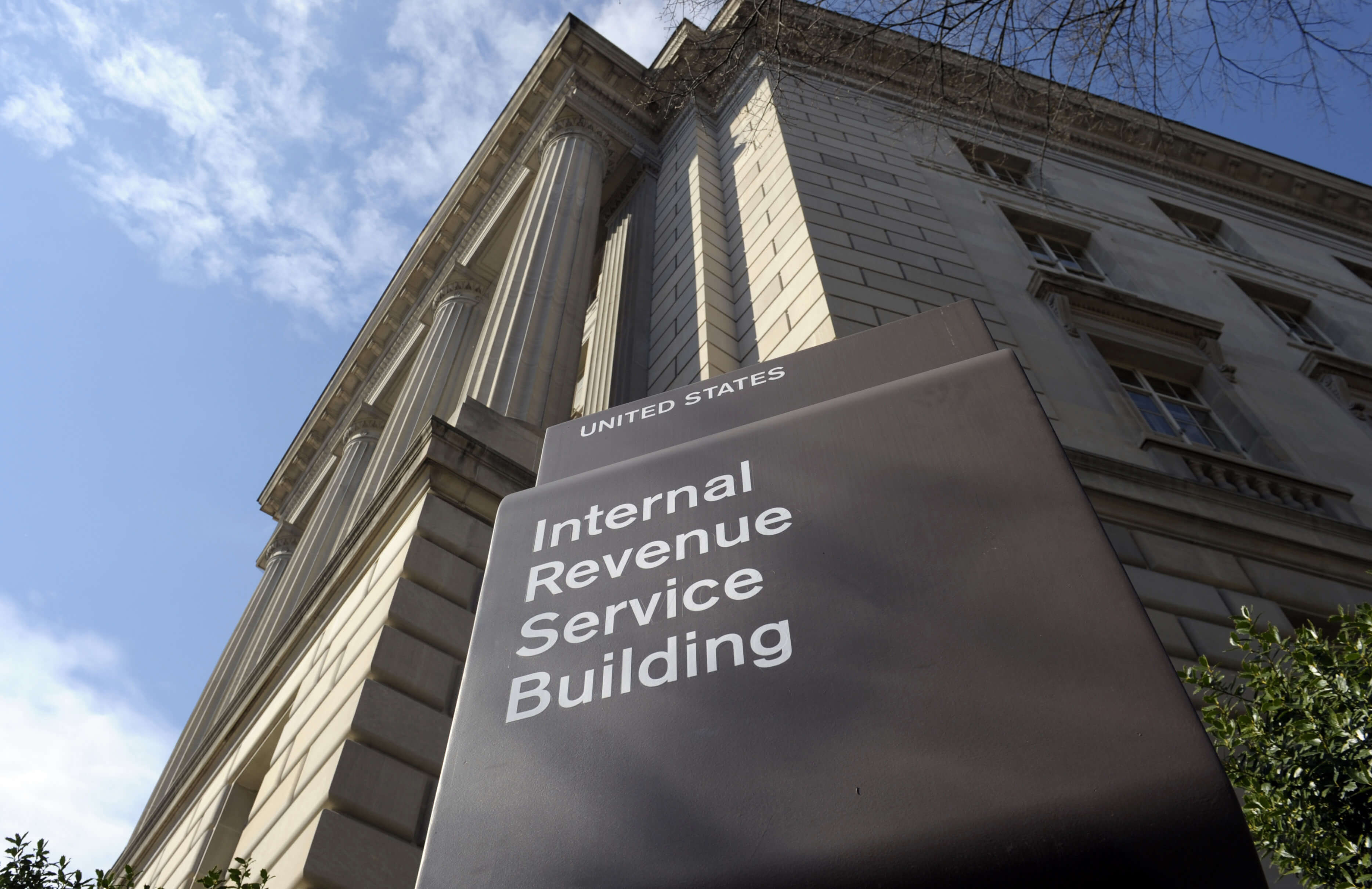Business taxation, retained earnings, and measuring income inequality

Over the past 30 years, business income has moved away from traditional corporations and toward pass-through entities, such as partnerships. This shift means more and more business income is taxed solely through individual tax filings instead of in conjunction with corporate income tax. Clearly, this trend bears examination for how the federal tax system should tax business income, but it also leads to questions about how economists and policymakers measure income inequality in the United States.
First, a reminder (or a quick lesson) on how a well-known analysis of tax data that tracks income inequality is calculated. A 2003 paper by Thomas Piketty of the Paris School of Economics and Emmanuel Saez of the University of California-Berkeley created a new data series on income inequality that is now a widely cited measure of income inequality. In particular, the paper and the resulting data series highlights the rise of the top 1 percent of income earners. The series was created using federal tax data that let Piketty and Saez construct a distribution of income that was large enough to see how incomes at the top increased dramatically over the past several decades.
The accuracy of their calculations requires that income reported on tax returns be as accurate as possible. For wages and salaries, that’s pretty easy, but for capital income accuracy isn’t guaranteed. On individual income tax returns, any capital gains generated by the sale of assets (and thus realized as income in a given year) are counted as income. But any unrealized gains on assets that are not sold but still increase in value while an individual holds them are not recognized as income.
This distinction is relevant due to the shift in business income from corporations to pass-through entities such as partnerships, argue Conor Clarke of Yale Law School and Wojciech Kopczuk of Columbia University in a new paper. When business income was concentrated in traditional corporations, a lot of business income was retained inside the firm instead of passed out to shareholders (retained earnings), which means that the capital income that eventually flowed to shareholders was inside corporations in the form of those earnings. Those retained earnings led to an increase in the value of the firm and therefore to more unrealized capital gains for shareholders. But as business income shifted more toward pass-through entities, it began to show up more and more on individual tax returns. This means the direct observability of business income on tax forms has increased (because pass-through income shows up on individual tax returns) over time.
What this means for the measurement of income inequality depends on the distribution of unrealized capital gains among income earners. In the paper, Clarke and Kopczuk make an assumption that all retained earnings and the resulting unrealized gains from the corporate sector flowed to the top 1 percent. They acknowledge that it’s an unrealistic assumption, but it’s one that lets them figure out an upper-bound estimate for how much retained earnings could influence measures of inequality. The result is a data series that shows a higher level of income inequality than the trend tracked by Piketty and Saez, but a less steep increase in inequality over recent decades.
If this estimate is an upper bound, then clearly there is work to be done to figure out a more realistic assumption. There is a legitimate debate to have about how relevant income measures that include unrealized capital gains are for calculating U.S. income inequality. More data on the trend and better measures of the shift in business income reporting would be quite interesting.

